Giant petrels scavenge from a seal carcass on Bird Island, photograph by Richard Phillips
William Mills (British Antarctic Survey, UK) and colleagues have published open access in the journal Environmental Research on annual trends in mercury contamination of giant petrels Macronectes spp. in the South Atlantic. “This study demonstrates decreasing Hg contamination of giant petrels during the 2010s at [Bird Island], which corresponded with changes in their trophic niches (i.e., a likely reduction in carrion consumption) and was related to annual indices of fur seal carrion availability (dead pups).
The paper’s abstract follows:
“Annual variation in prey availability can influence seabird diets and hence their exposure to pollutants, including mercury (Hg). Among seabirds, those species that scavenge carrion of marine mammals and other top predators may be especially vulnerable to accumulating high Hg concentrations. In this study, total Hg (THg) concentrations and carbon (δ13C) and nitrogen (δ15N) stable isotope values were measured in chick feathers of northern giant petrels Macronectes halli and southern giant petrels M. giganteus at Bird Island, South Georgia (2013–2020). Both species are opportunistic predator-scavengers which feed mainly on penguins and Antarctic fur seal Arctocephalus gazella carrion, and to lesser extents on marine prey and other seabirds. THg concentrations were not significantly different between northern giant petrels and southern giant petrels (means ± SDs, 2.49 ± 0.92 μg g−1 dw and 2.34 ± 0.85 μg g−1 dw, respectively), but concentrations in both species declined significantly over time, as did δ13C and δ15N values. Annual feather THg concentrations of giant petrels were positively correlated with the number of dead Antarctic fur seal pups and their mortality rate at Bird Island, but not with population sizes or breeding success of penguins. Accordingly, these results suggest a shift away from carrion (associated with the decreasing size and productivity of the Antarctic fur seal population) and towards the consumption of prey from lower trophic levels (e.g., Antarctic krill Euphausia superba), with a corresponding reduction in dietary Hg exposure. Future work should investigate the consequences of changing prey availability for diets and pollutant exposure to other marine predators within the South Georgia and Scotia Sea marine ecosystems, given the ongoing environmental changes in the region.”
With thanks to Richard Phillips.
Reference:
Mills, W.F., Buss, D.L., Bustamante, P., Ramírez, F., Forcada, J., Forero, B.G. & Phillips, R.A. 2025. Annual trends in mercury contamination are associated with changing trophic niches of giant petrels, Environmental Research 270, 121010.
John Cooper, Emeritus Information Officer, Agreement on the Conservation of Albatrosses and Petrels, 18 February 2025

 English
English  Français
Français  Español
Español 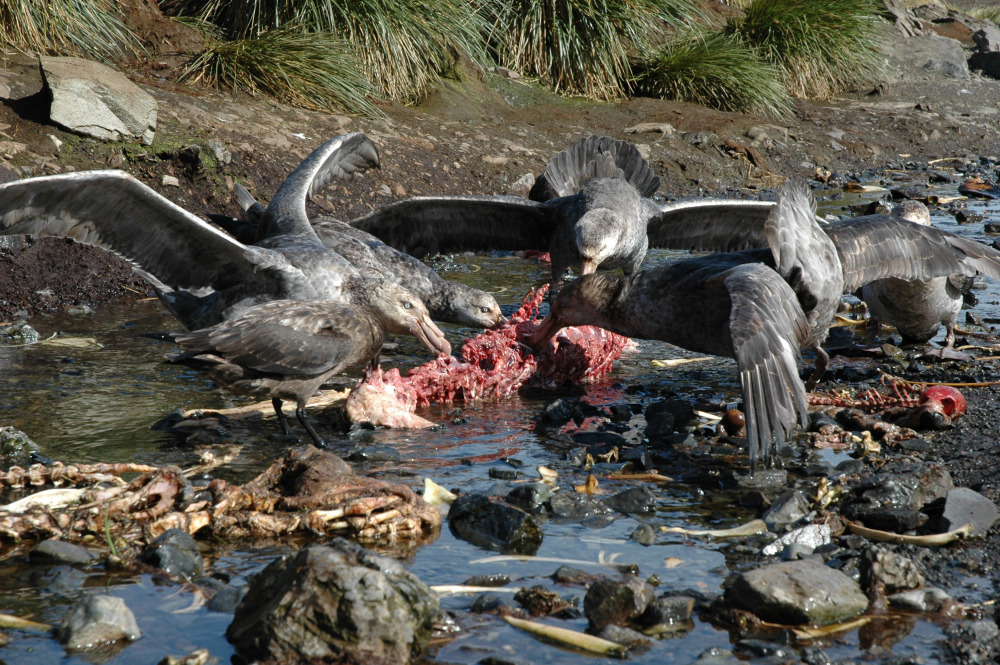
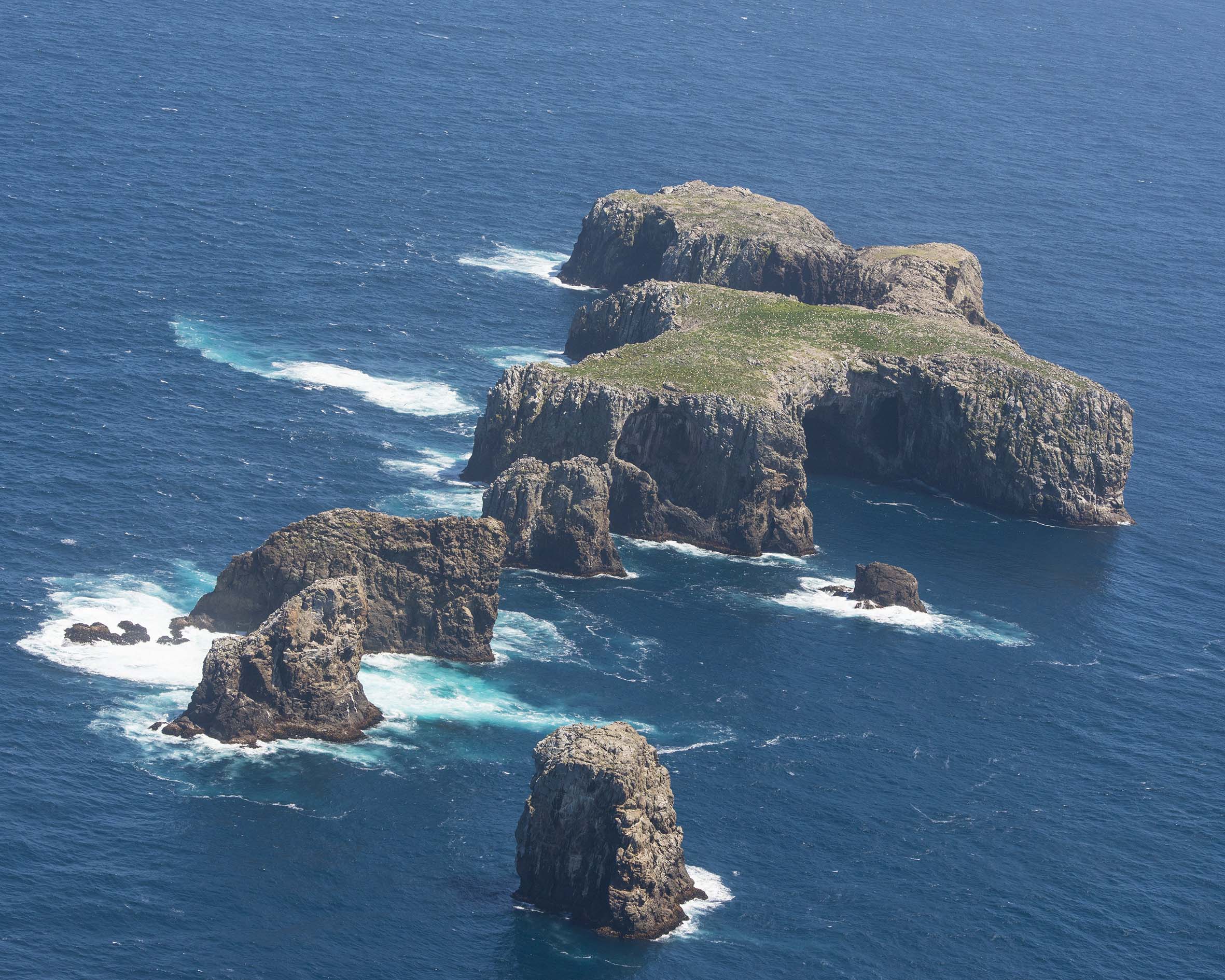 Motuhara
Motuhara

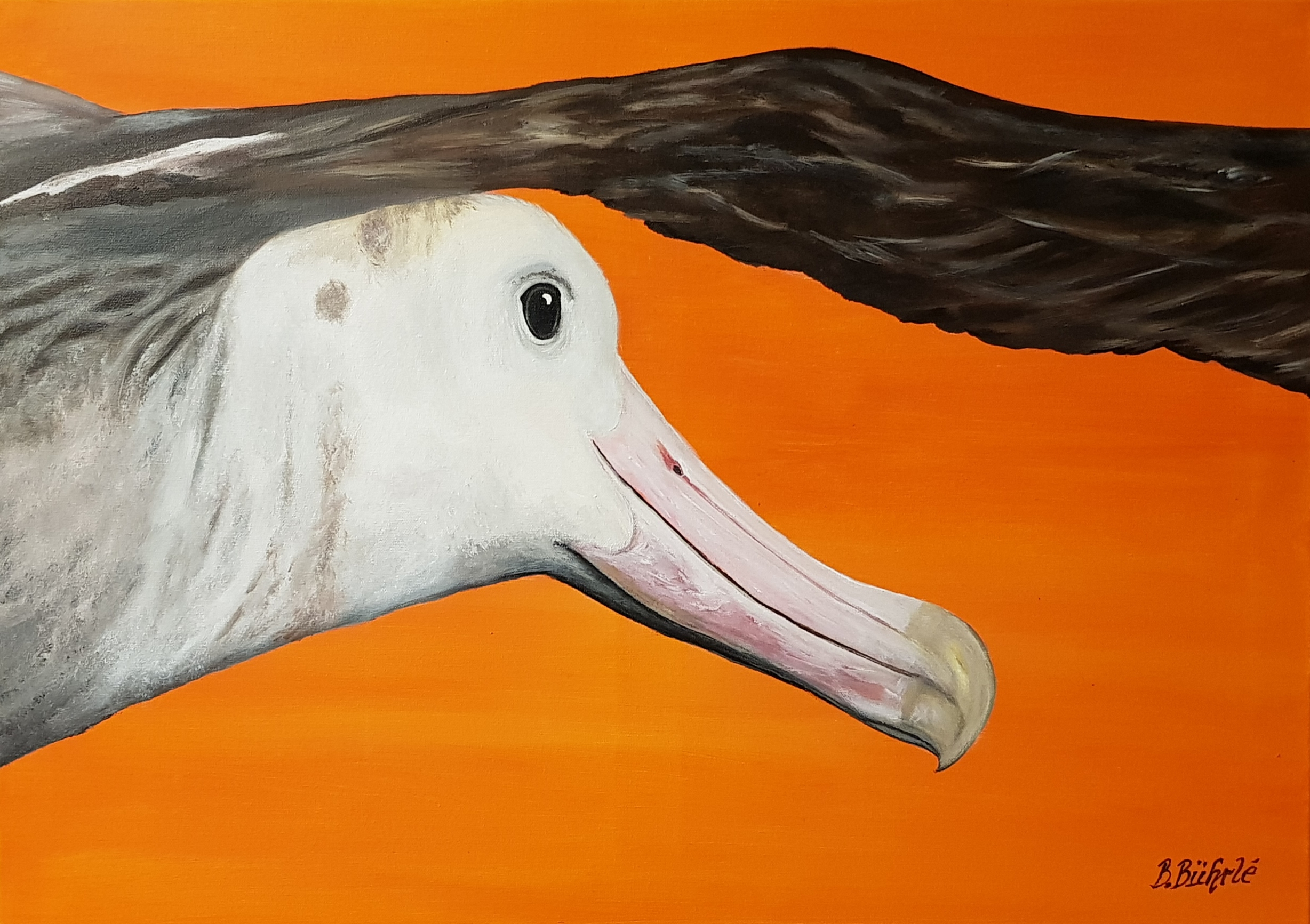 Amsterdam Albatross by ABUN artist Birgit Bührlé for World Albatross Day, 9 June 2020, after a photograph by Kirk Zufelt
Amsterdam Albatross by ABUN artist Birgit Bührlé for World Albatross Day, 9 June 2020, after a photograph by Kirk Zufelt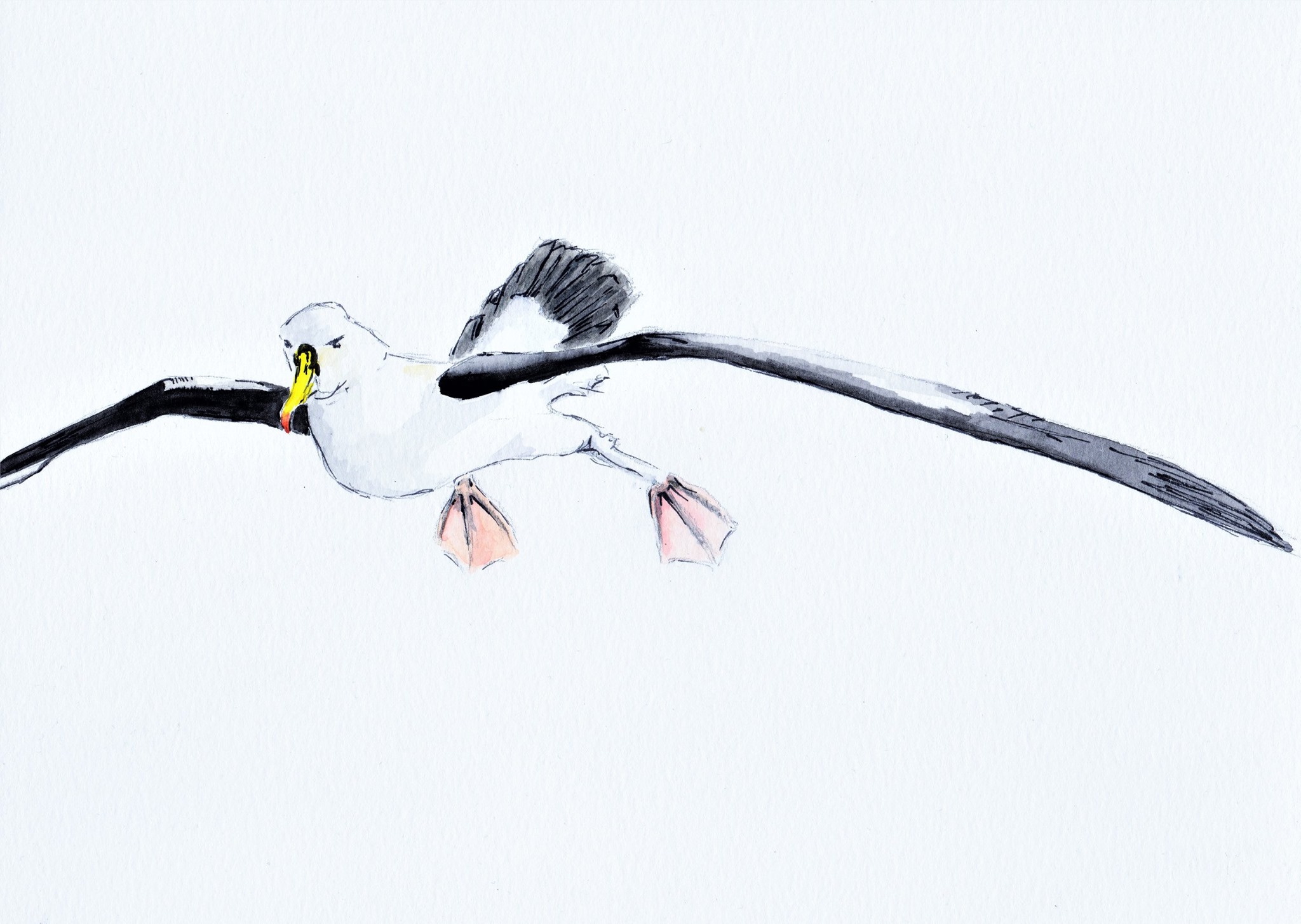
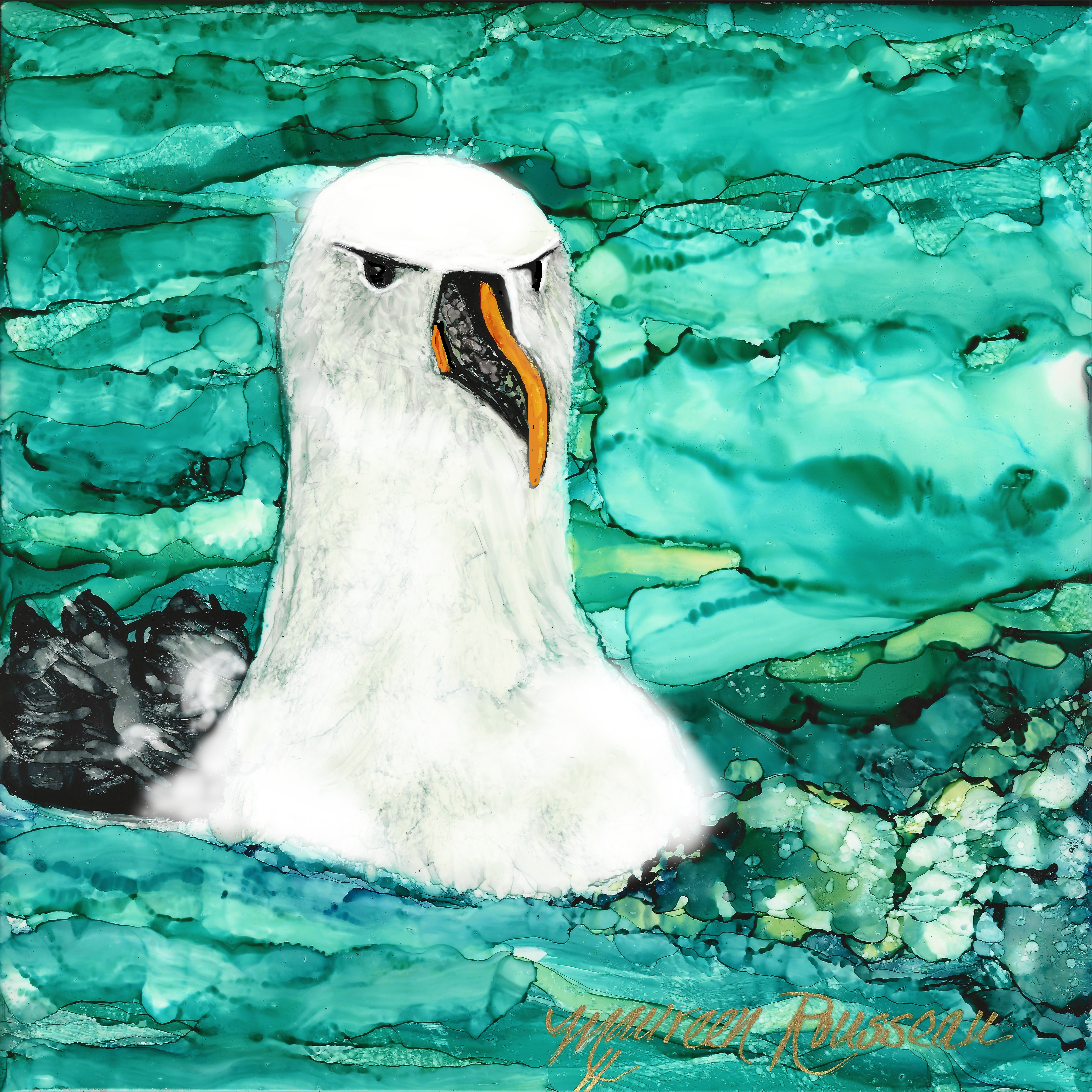
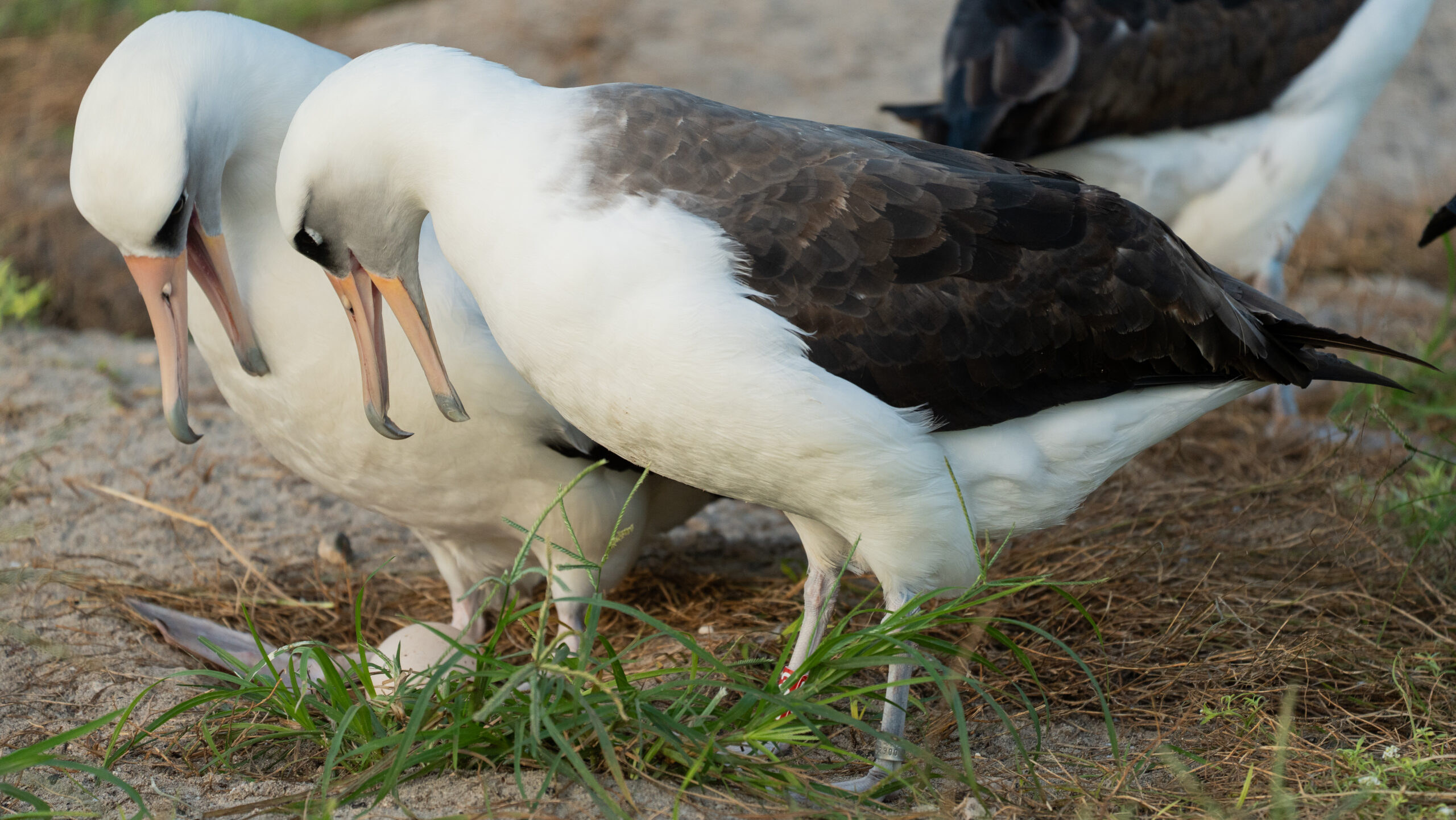 Wisdom and her latest mate stand and vocalize over their 2024/25 egg on 27 November 2024, photograph by Dan Rapp, U.S. Fish and Wildlife Service Volunteer
Wisdom and her latest mate stand and vocalize over their 2024/25 egg on 27 November 2024, photograph by Dan Rapp, U.S. Fish and Wildlife Service Volunteer